A Short Preview (Login to Access the Full Interview):
“Energy Returned On Energy Invested is the single most important concept to understanding energy, alternative energy, and peak oil.”
~ Charlie Stephens
By Catherine Austin Fitts
Thanks to a highly expensive effort to maintain secrecy and generate complexity and obfuscation, most of us generally have a limited understanding of the all-important topic of energy. This week, I am delighted to welcome independent energy consultant and systems engineer Charlie Stephens to the Solari Report for a two-part interview to enlighten us on energy in the 21st century.
After spending over two decades in the Coast Guard and Navy (retiring as a Navy commander) and another 17 years as a lead policy analyst at the Oregon Department of Energy, Charlie is just the person to lead us through the thicket of complexities that surrounds energy topics. His expertise extends to energy policy, energy efficiency, renewable energy, transportation systems and land use, economic and community development, macroeconomics, international trade, foreign policy and more.
In both Charlie’s and my estimation, a discussion of energy needs to start with the recognition that it is the central banking-warfare and industrial agriculture models and the energy-intensive control grid—and not weaponized environmental issues and “climate change” scams such as those related to carbon and nitrogen—that are the leading causes of environmental harm on the planet today. A second critical point is that for energy policy to be rational, it must take into account the concept of “energy return on investment” (EROI): a ratio that describes the amount of “energy produced in relation to the energy used to create it.”
Join us for Part I as we consider the availability of and EROI for sources of energy such as oil and gas, coal, ethanol, nuclear, hydro and geothermal, wind, and solar—as well as important unanswered questions about breakthrough energy.
Money & Markets:
This is the last week of the month, so there is no Money & Markets. The next Money & Markets will publish on September 7. Post questions at the Money & Markets commentary here.




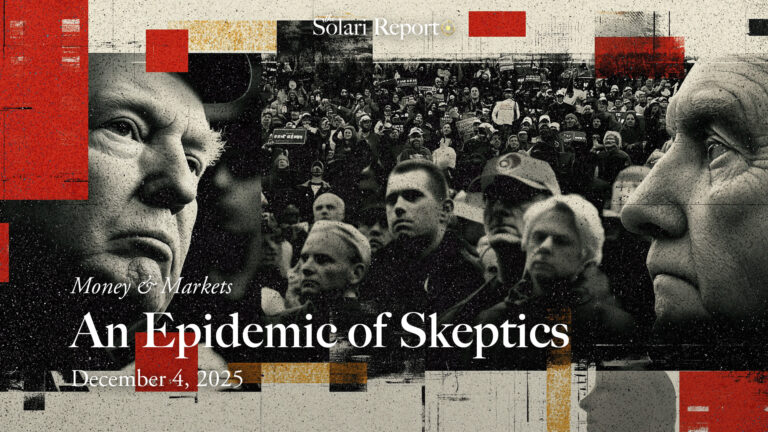


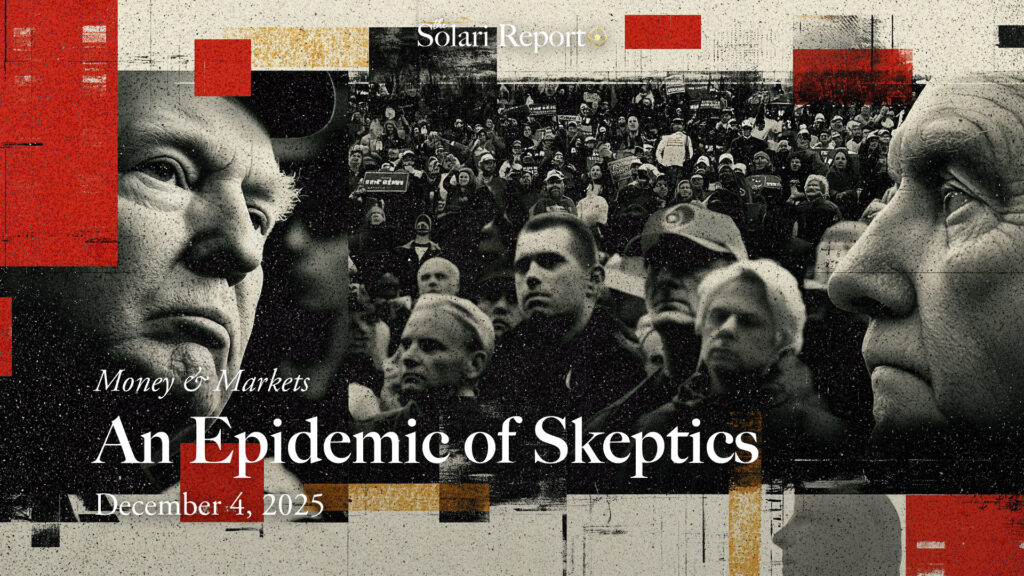
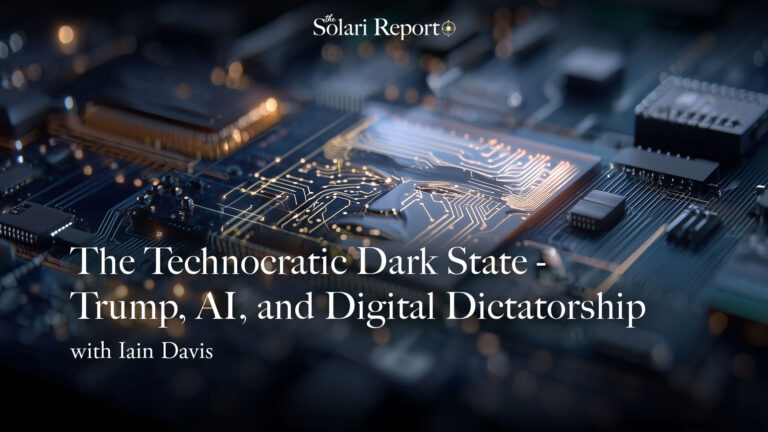


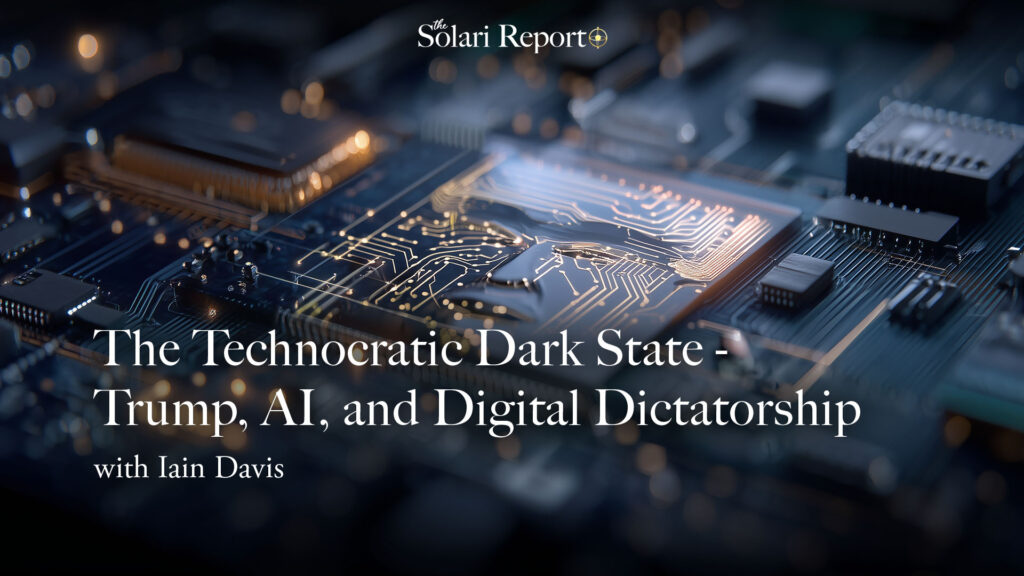



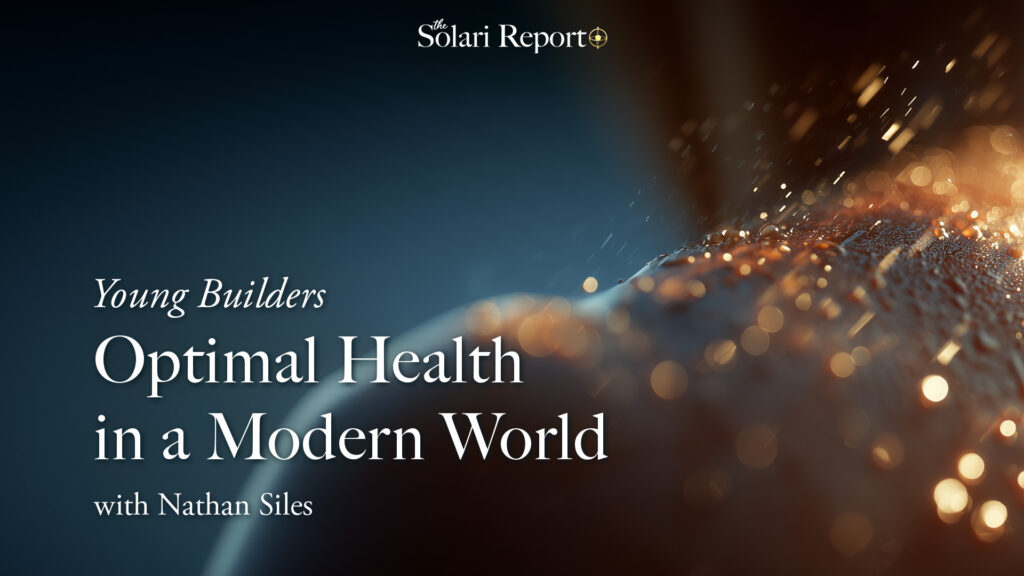
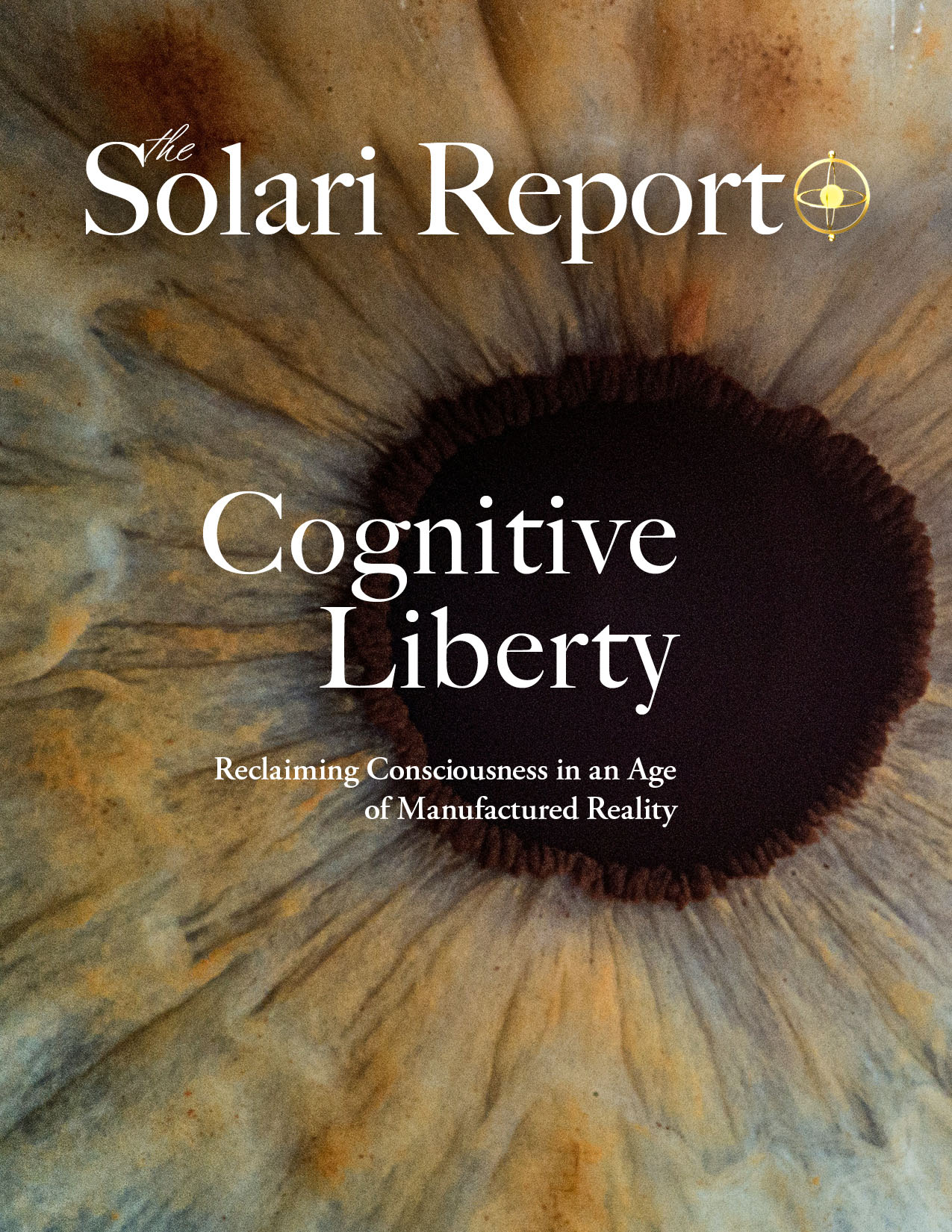
















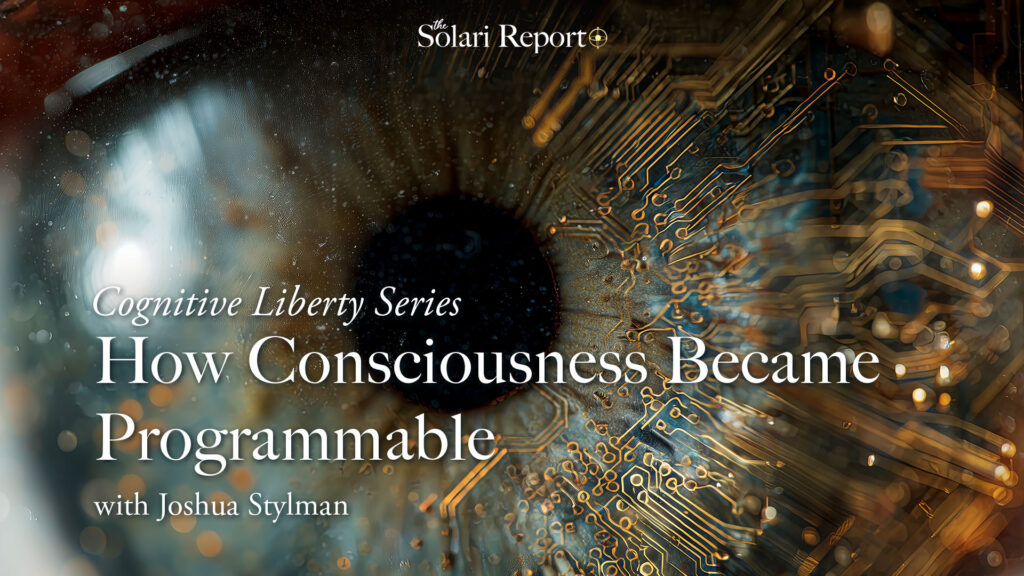
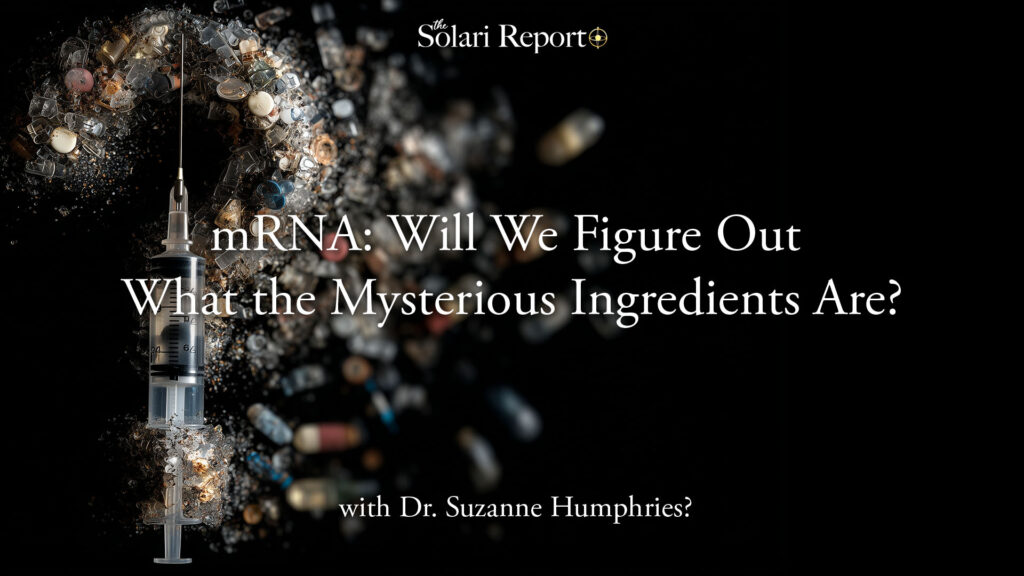

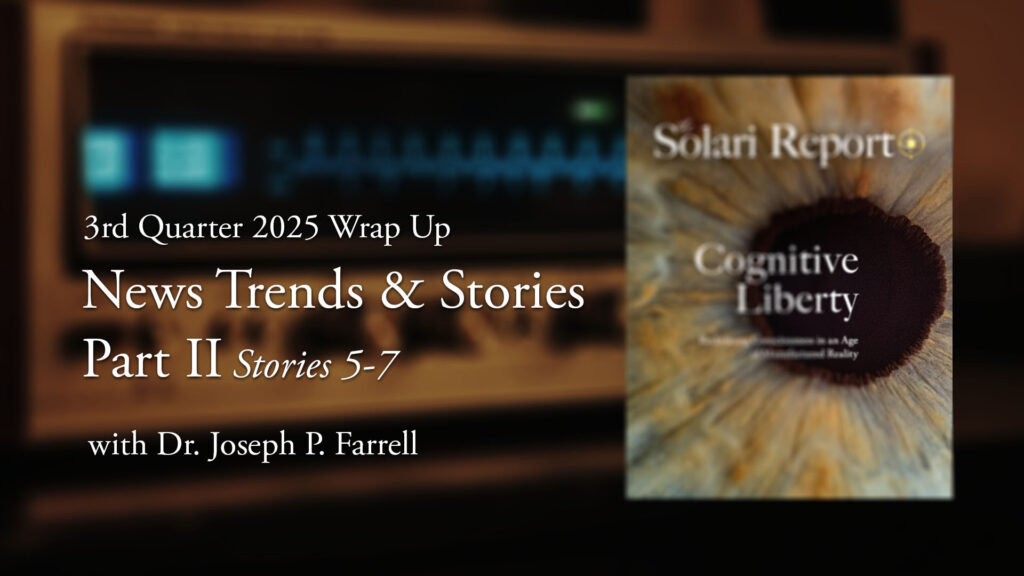
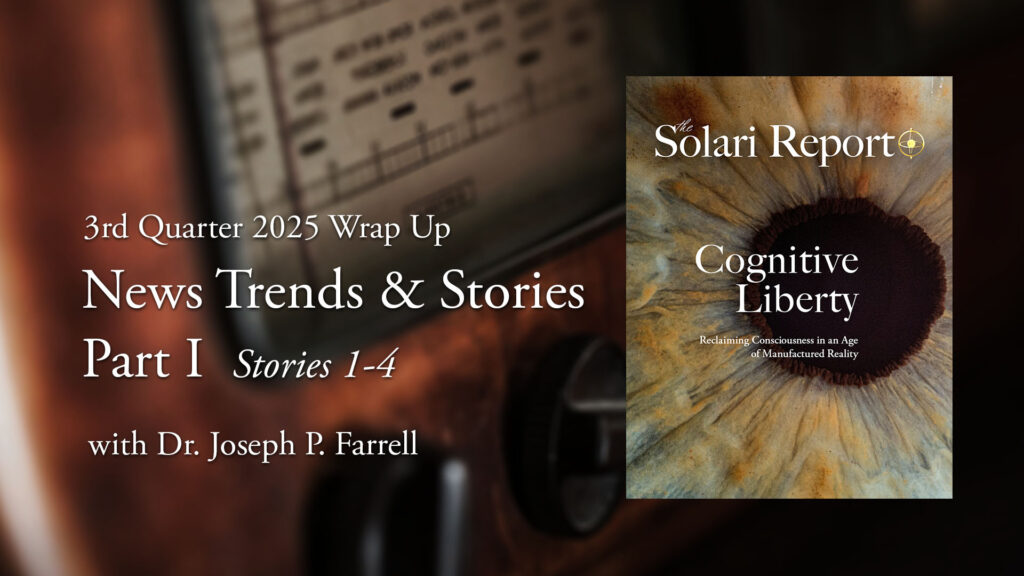
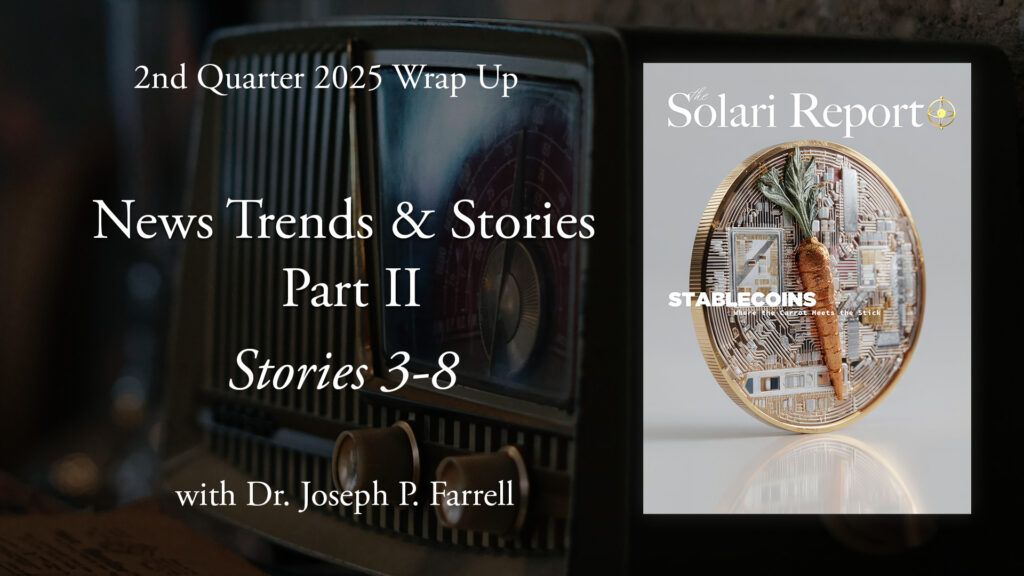
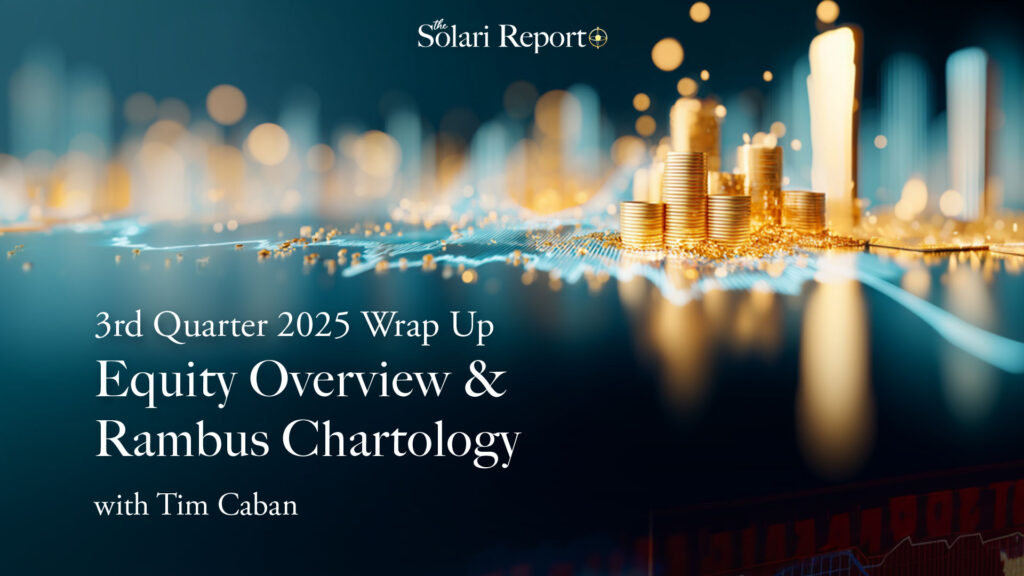
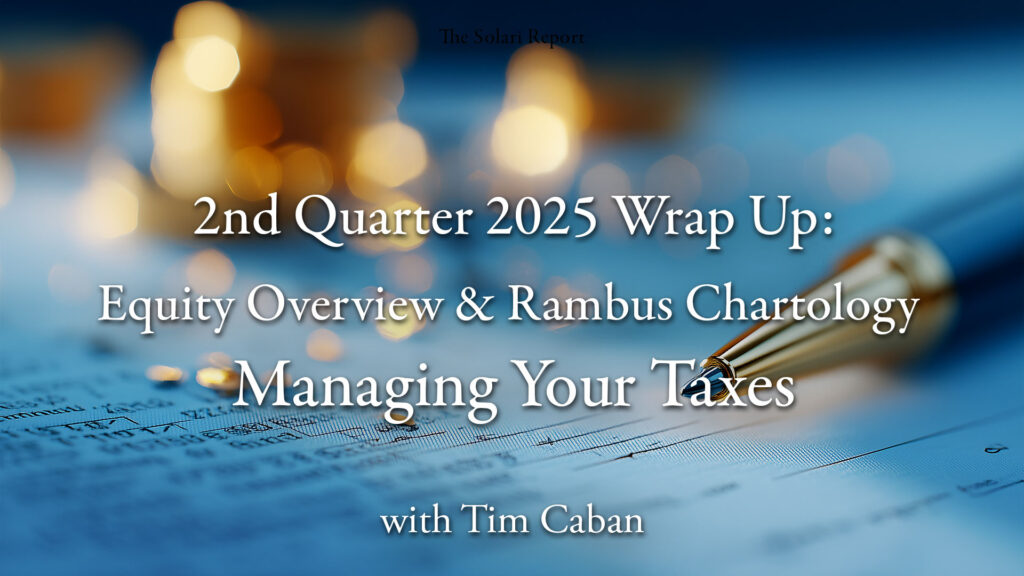
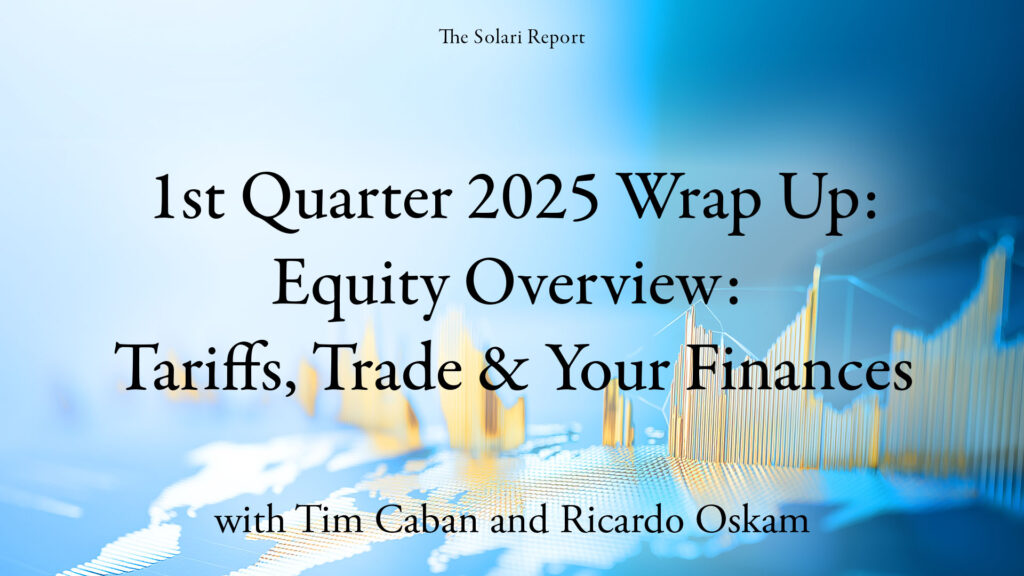



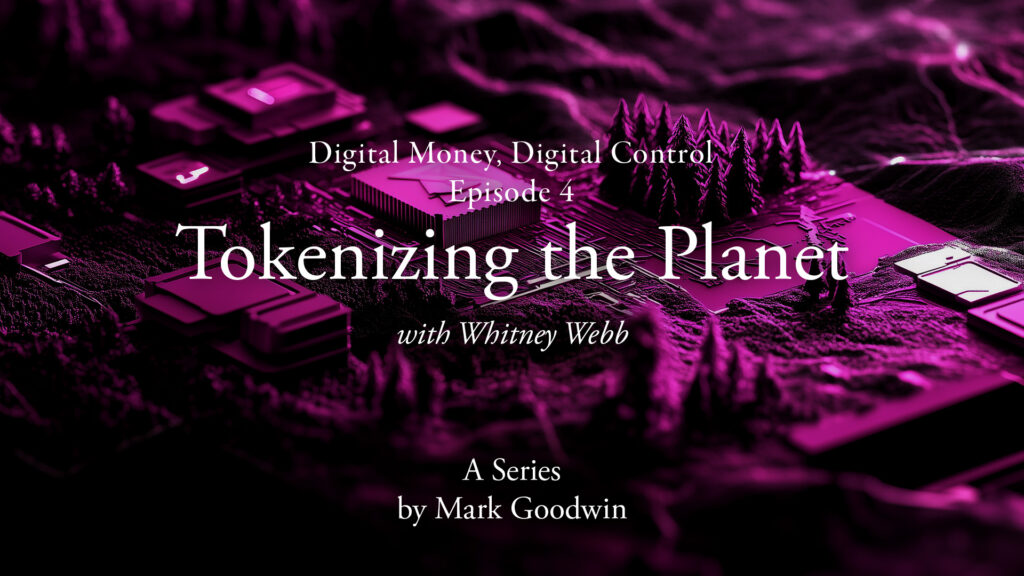
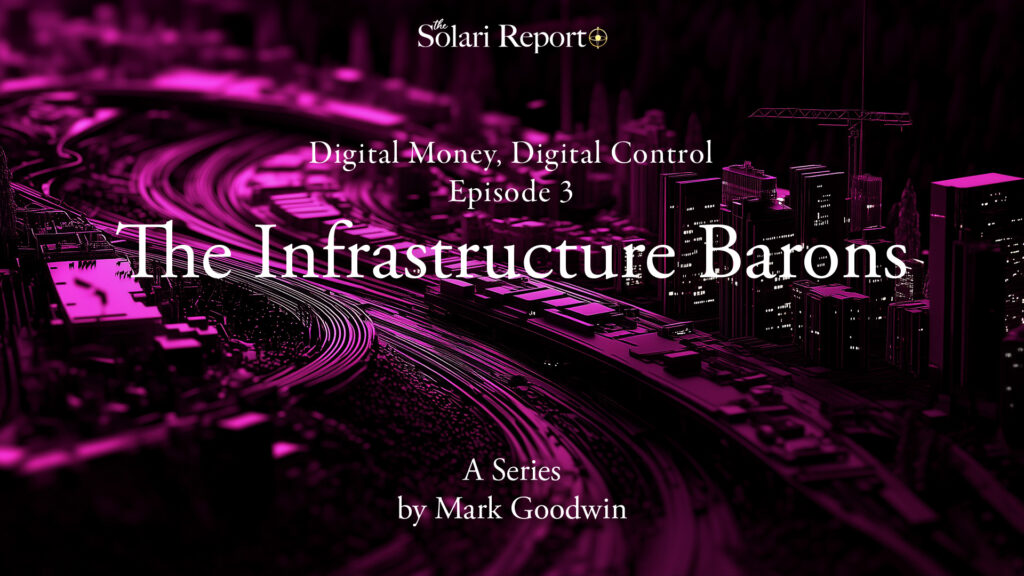
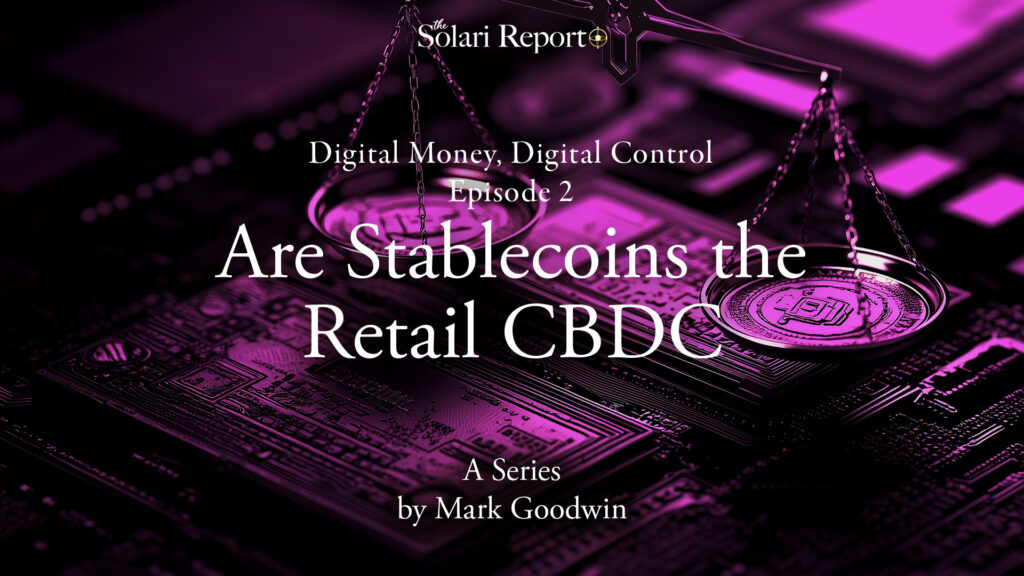
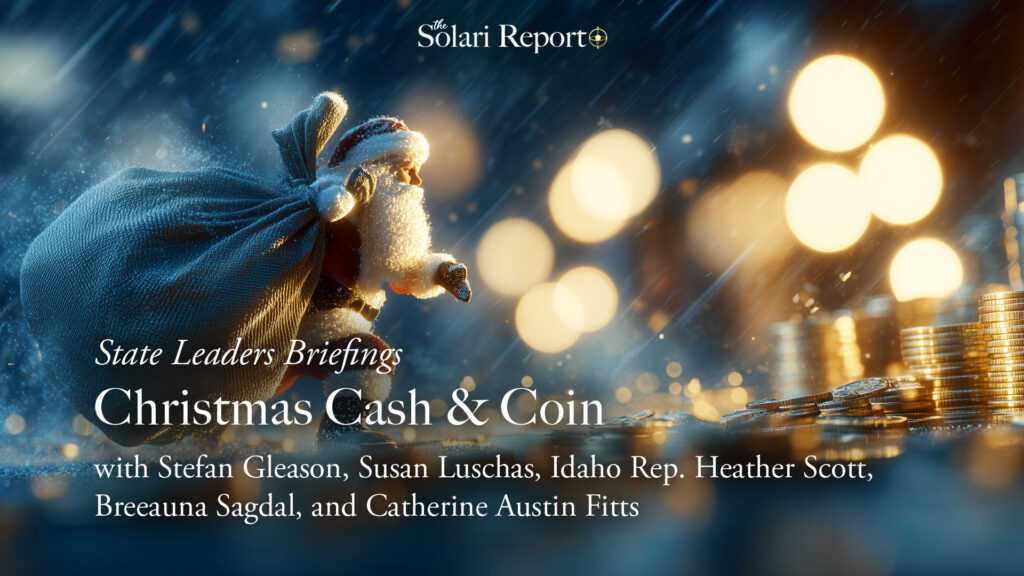
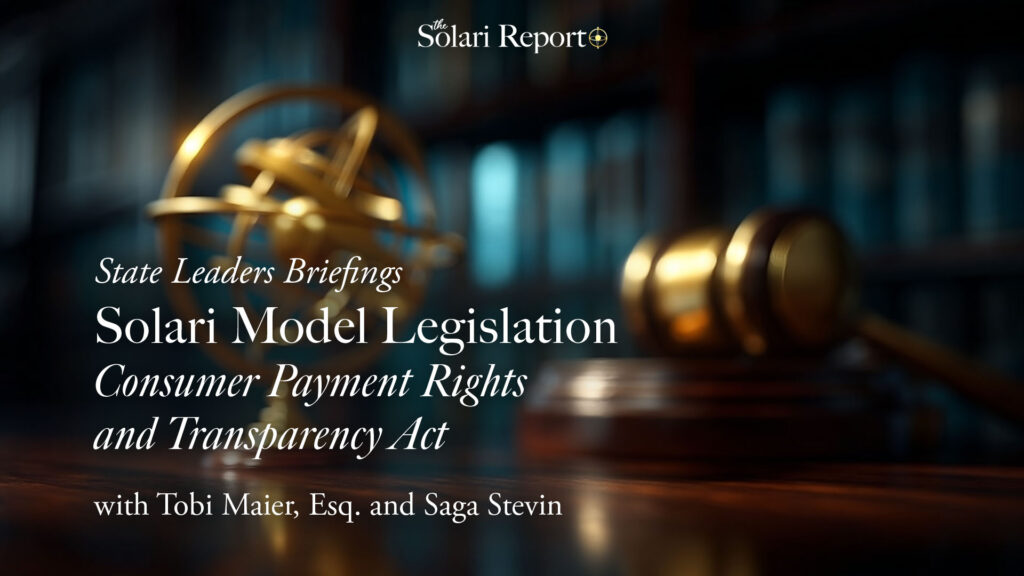
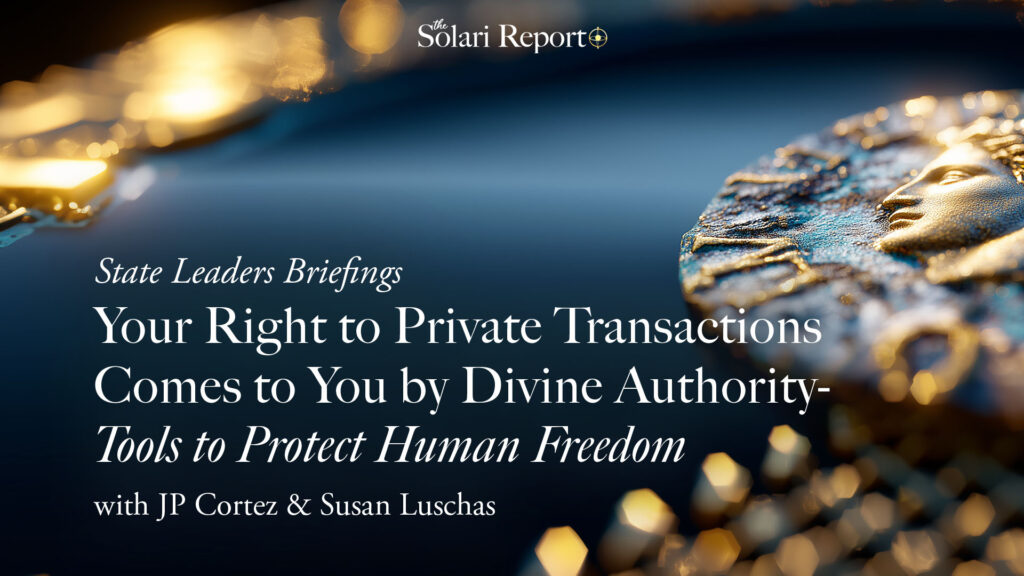
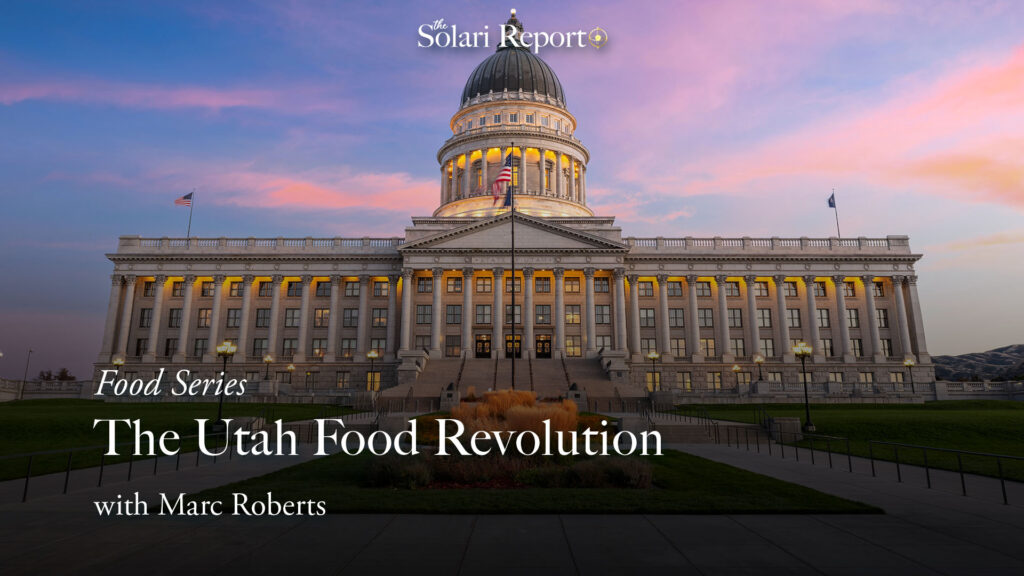
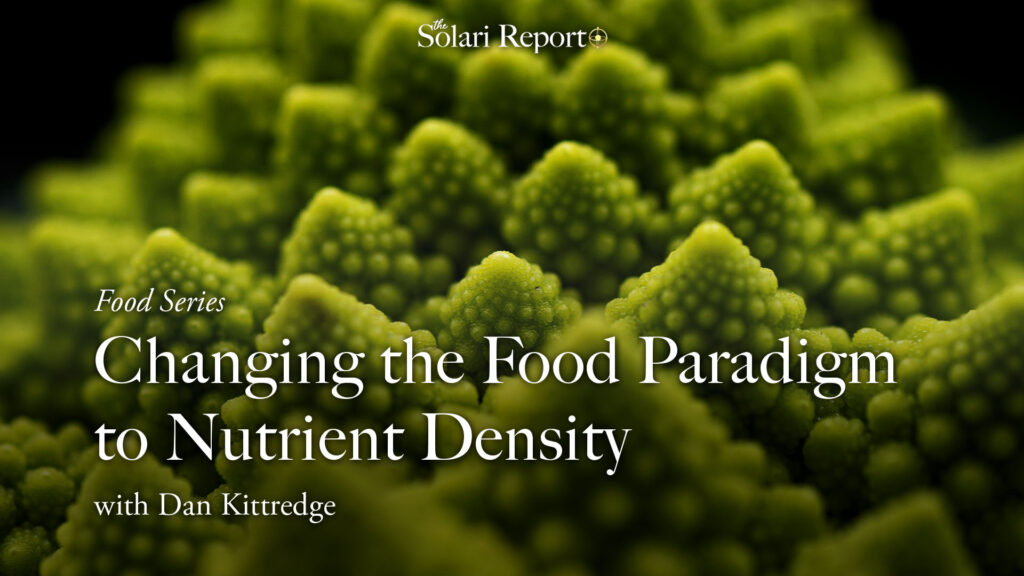
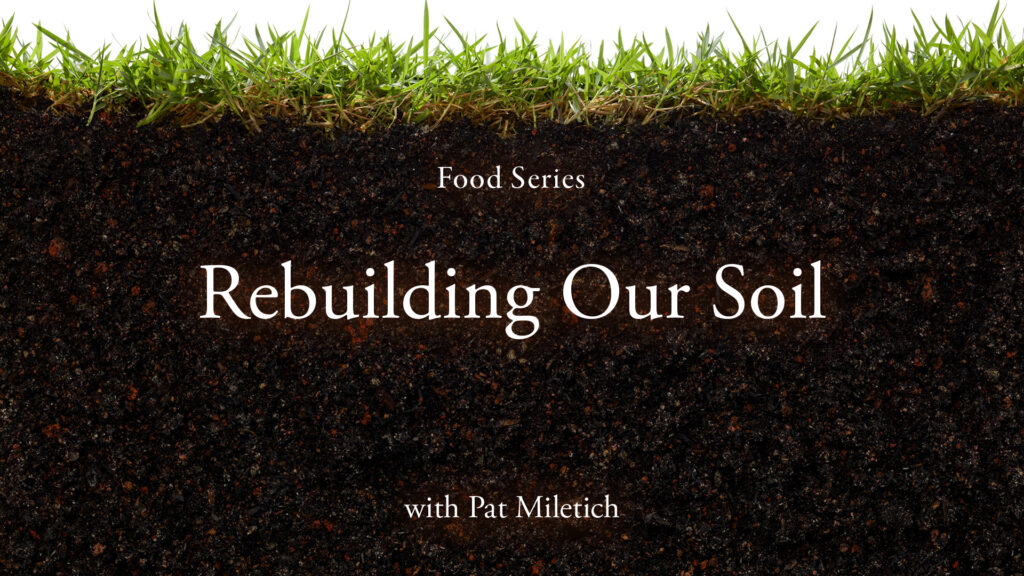



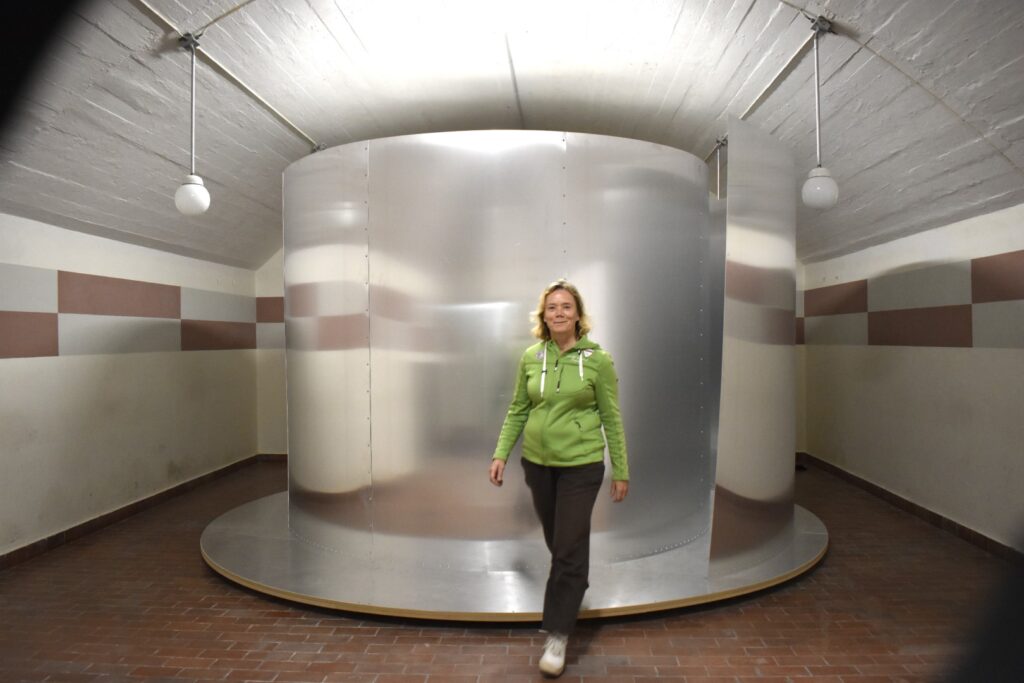


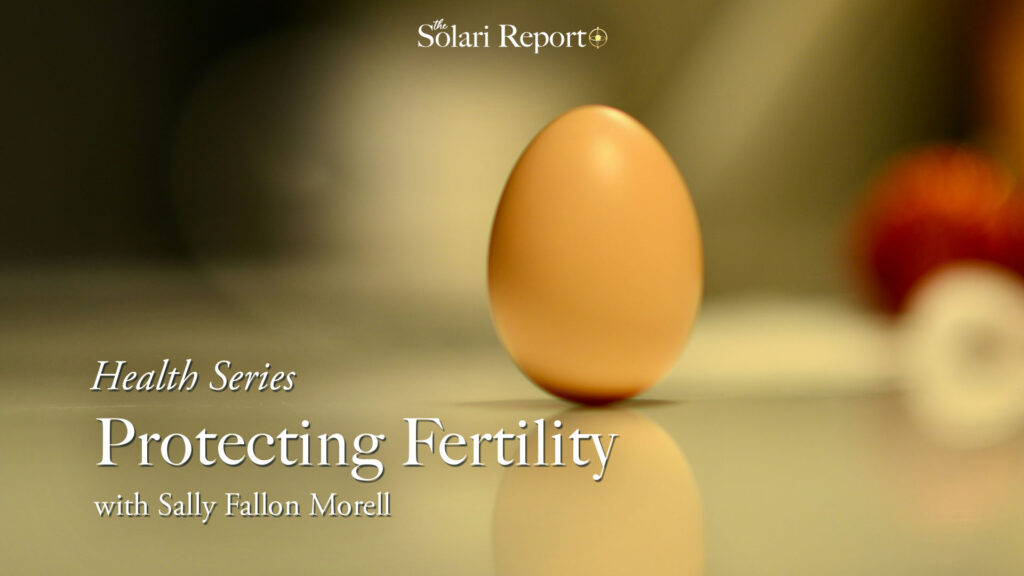
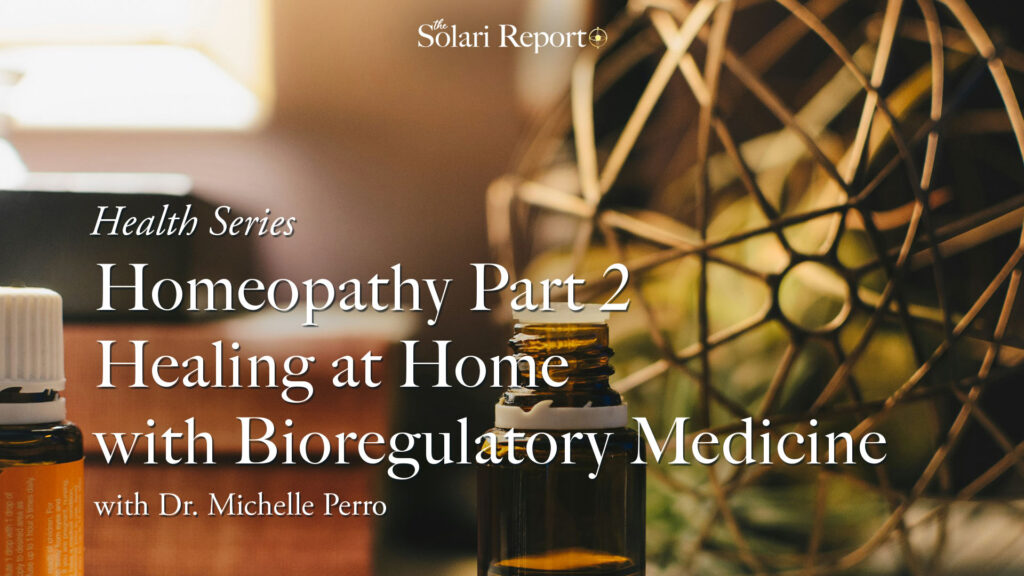


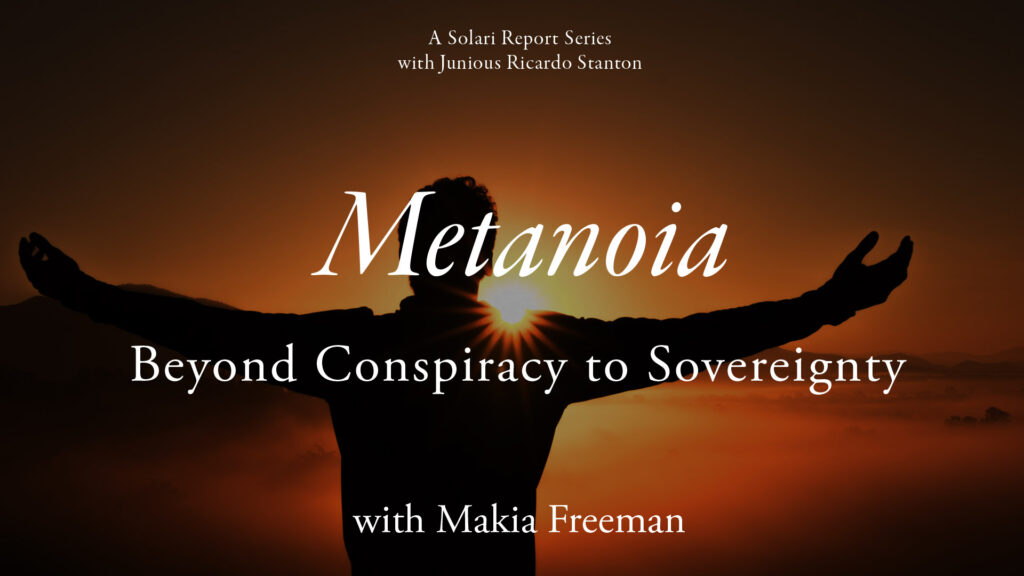
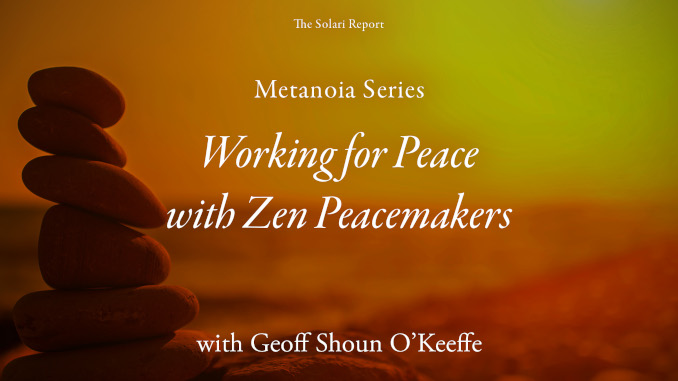
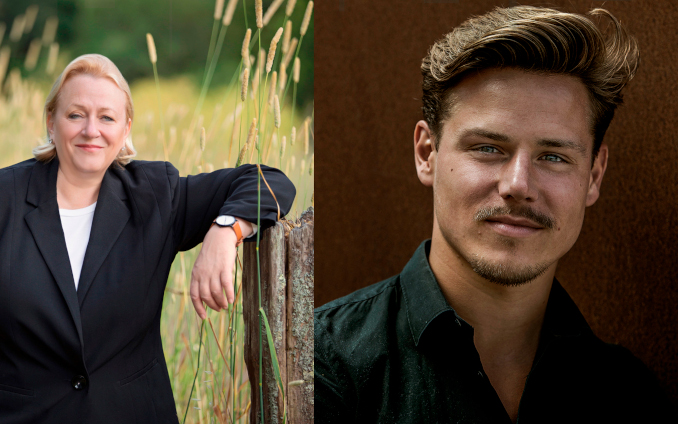



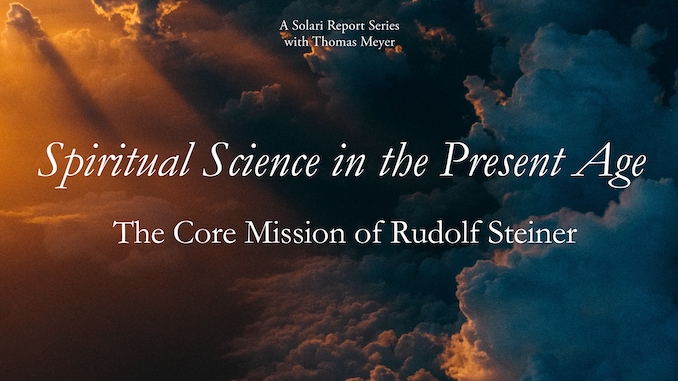
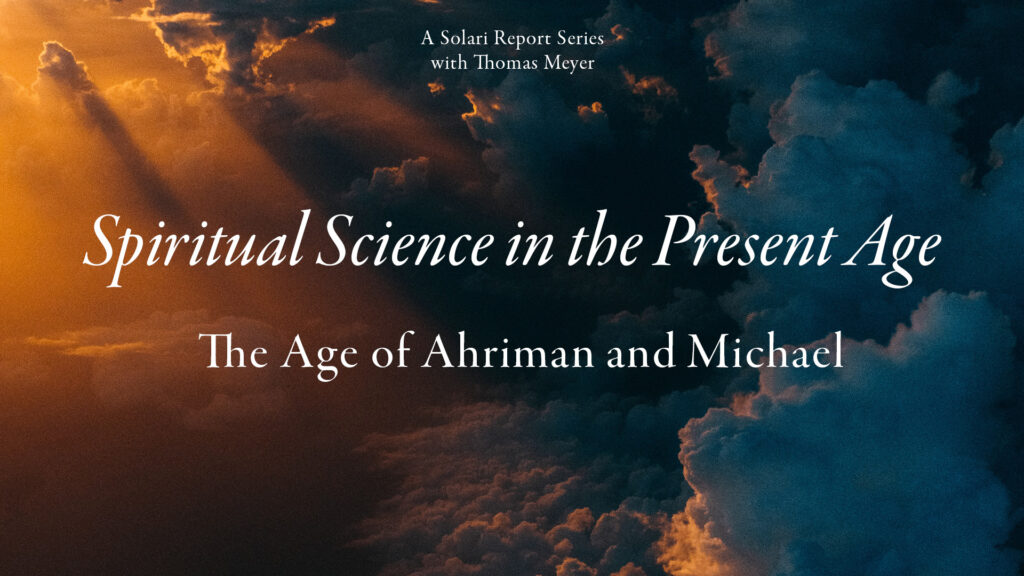


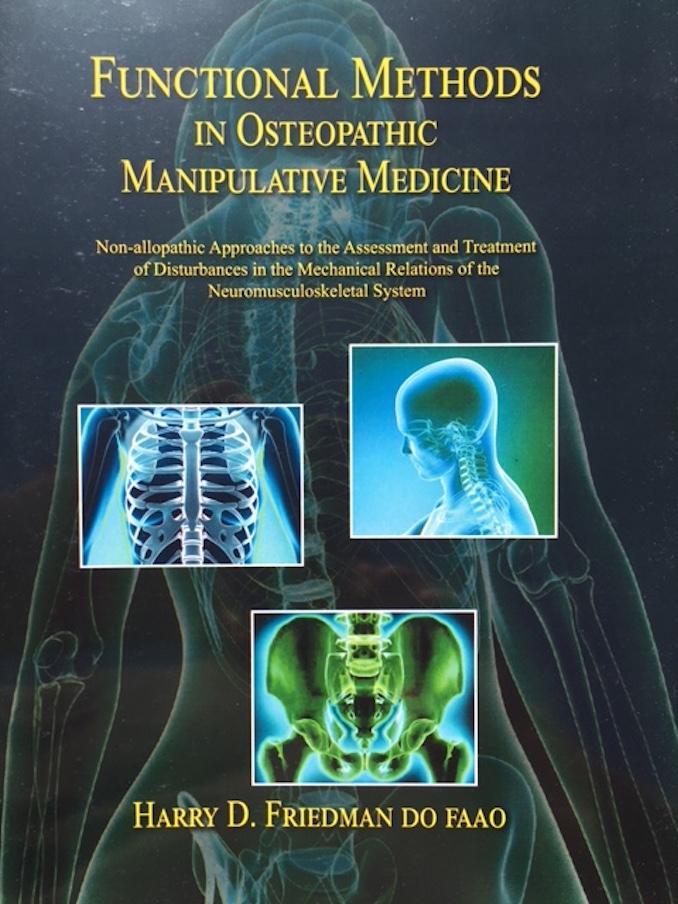







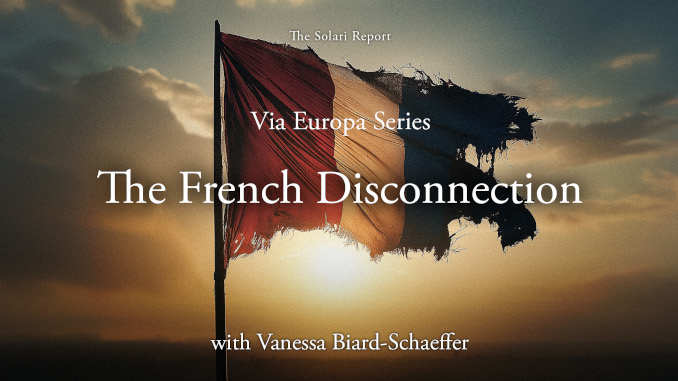
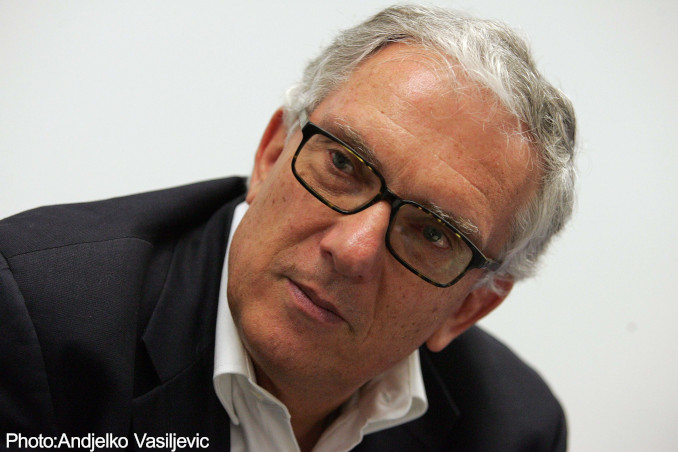


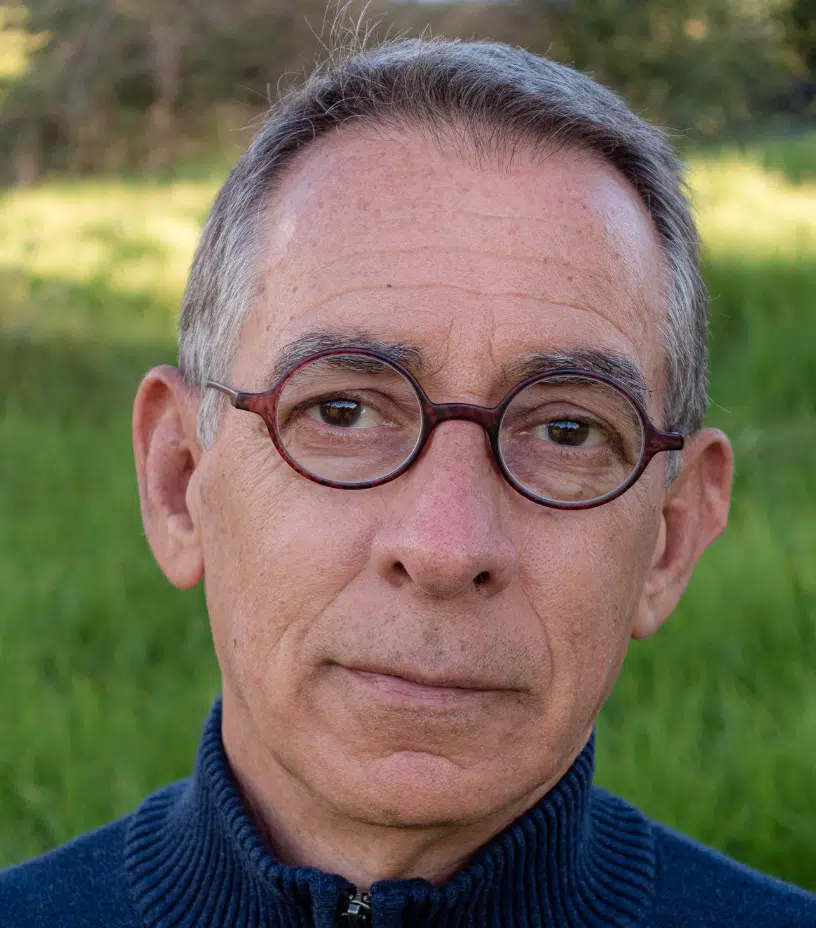













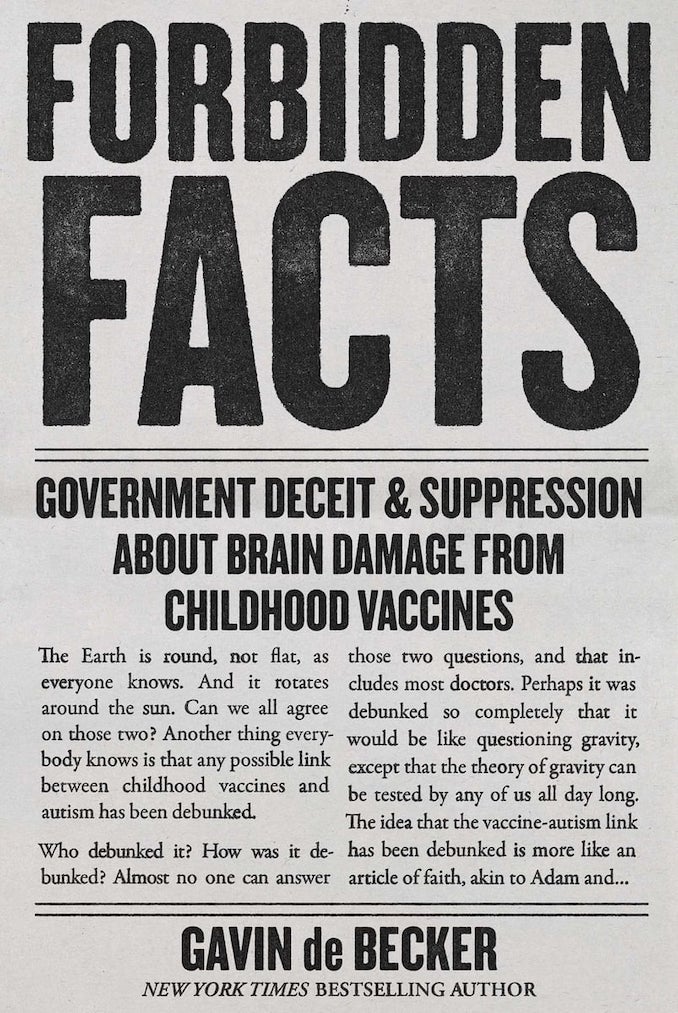
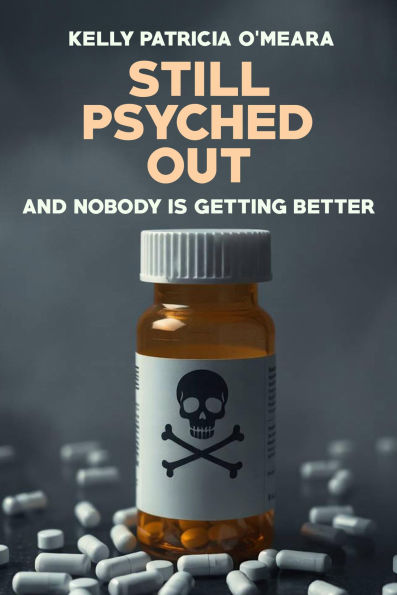
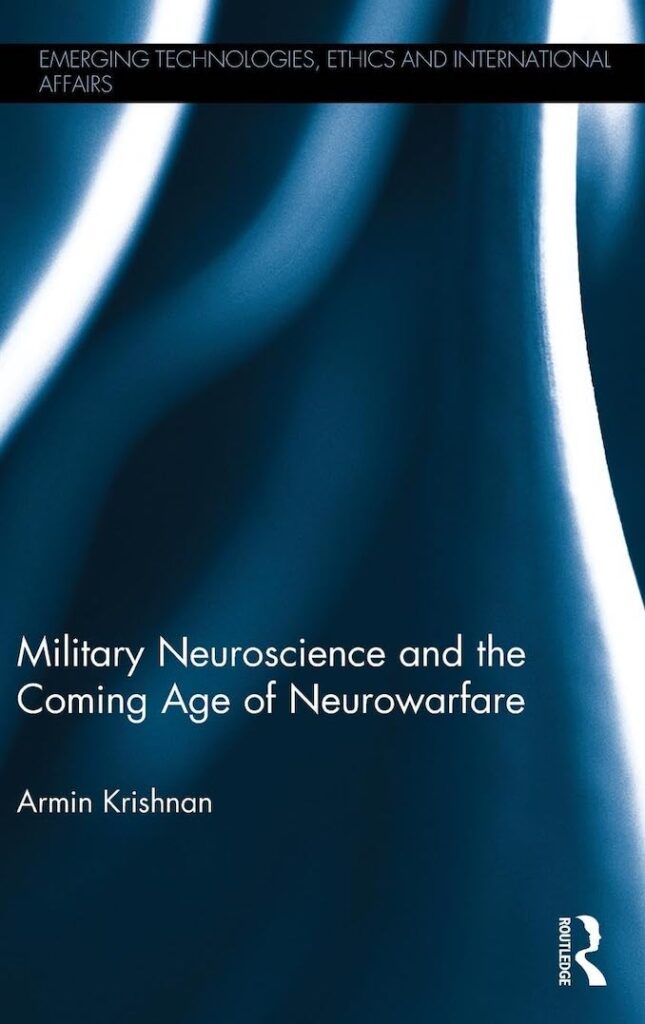










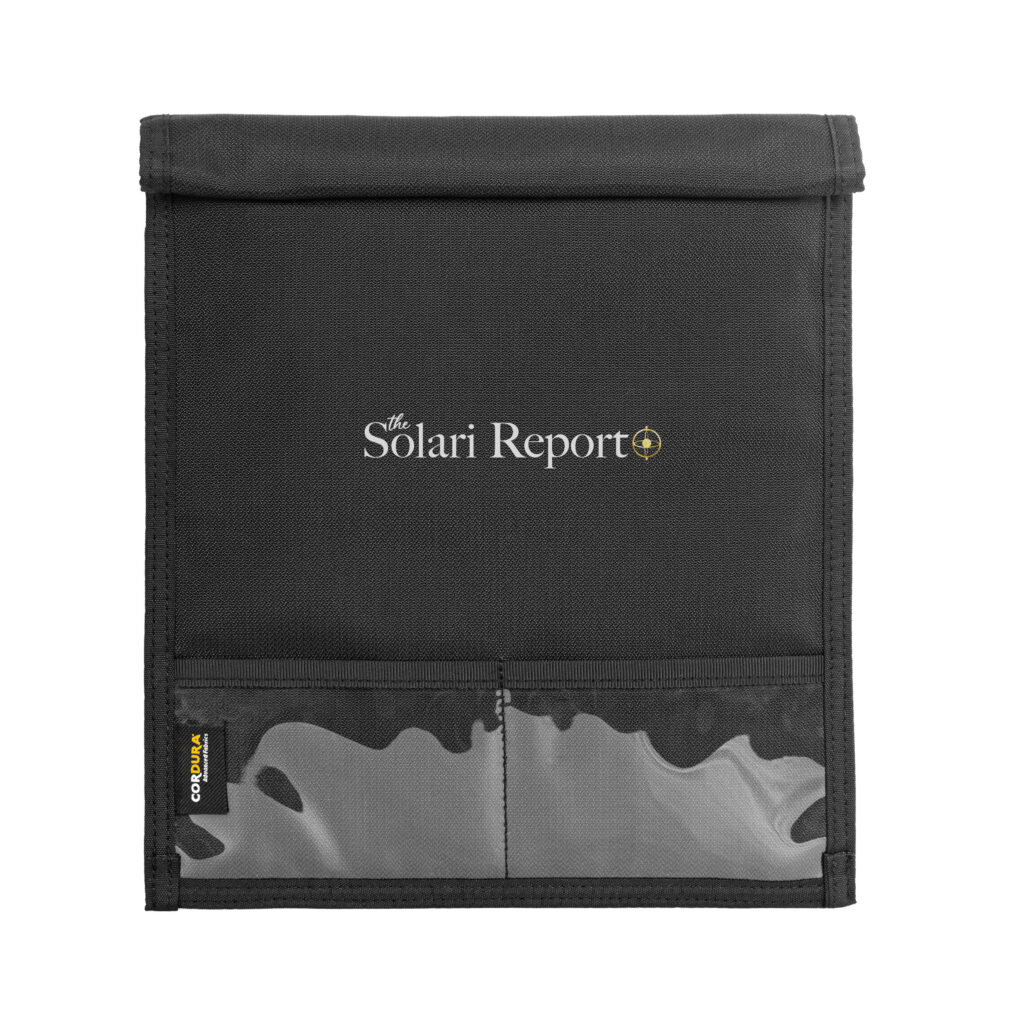
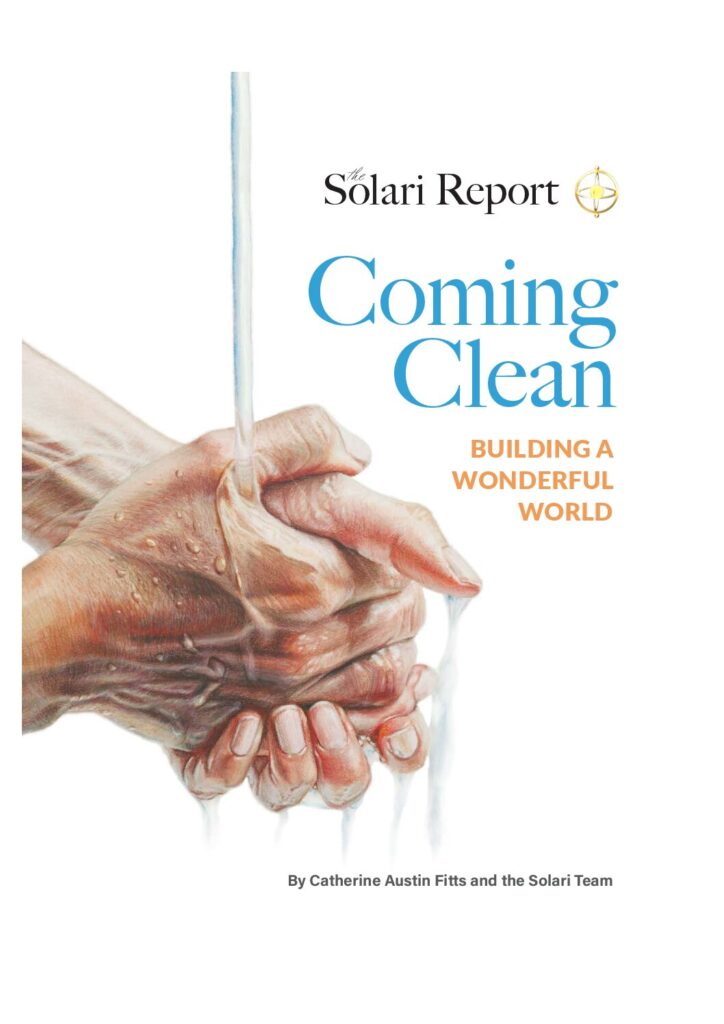

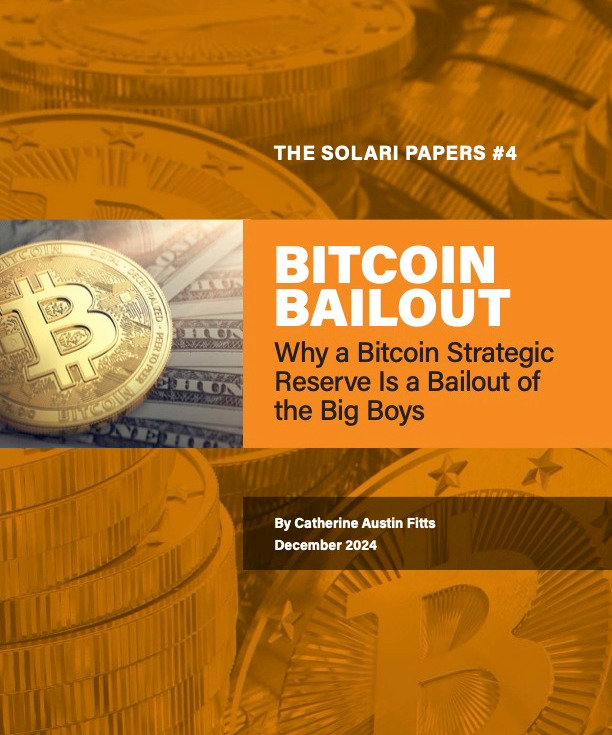
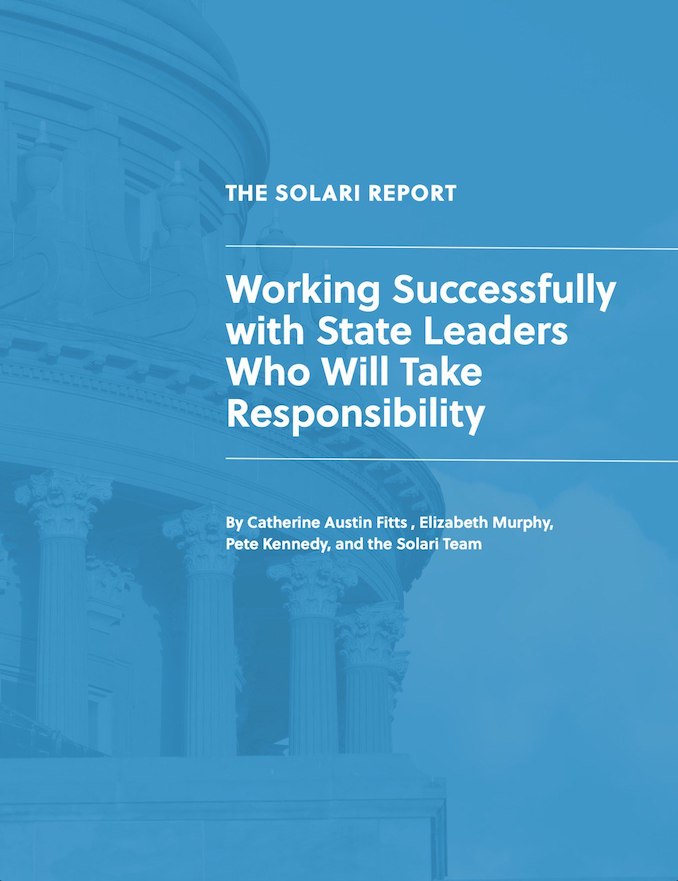
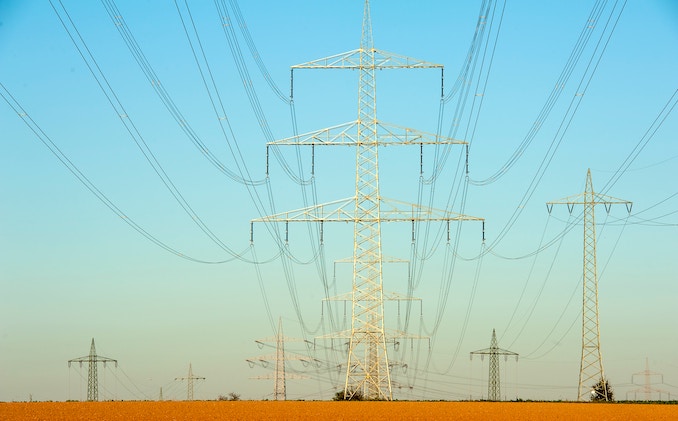

oh wow. An interview with someone who was involved. A recent paper on Nature.com really exposes their intentions. I wonder if Charlie has read this:
Inequality can double the energy required to secure universal decent living | Nature Communications
Hello, Zhirayr. I hadn’t seen this Nature paper, partly perhaps because I’ve come not to trust this particular source much anymore. This is a very complicated subject that would merit a whole conversation just about that. However, one has to keep in mind that there have been lots of people living a very decent life in recent years using dramatically less energy per capita than we do here in America. In fact, our economy is designed to use vast amounts of energy while wasting most of it. I’m having no trouble reducing commercial building energy use by two-thirds, and our commercial buildings use a huge fraction of our electricity. And then there’s all of the commercial and industrial energy use that shouldn’t happen at all because it’s being used in the cause of poisoning us all. The folks who wrote this paper looked at a very limited set of measures for changing energy use – they see it as a supply constraint instead of a waste problem. Charlie
Thanks for posting all these replies, I’m enjoying reading the comments. Personally I can see that all electric, under the current system, is designed to facilitate control under the guise of efficiency. I have no doubt in my mind about that. However when you do these jobs electrifying to improve the efficiency of these commercial buildings, how much consideration is being taken to identify the impact on the humans which inhabit these dwellings? I ask because here in Australia we’ve experienced a massive push in residential as well as commercial to replace all light fittings, meters, appliances etc etc with “energy saving” bulbs, SMART meters etc. The problem is these devices make it impossible to get a good night’s sleep, think clearly etc due to the EMF and unnatural generation of the source of light or frequency, as opposed to something which is analogue in nature. LED or Fluorescent vs Incandescent being the most straight forward example. They might be more efficient but they make you feel like you’re living in a laboratory instead of a home. Electricians will say oh you just need the warm one or turn voltage down but frankly they are not the same, the body knows the difference. That is my and many other’s personal experience. The latest in Australia is government wanting to get rid of everyone’s efficient and effective gas stoves and replace with slow and expensive electric, so that once everyone is fully on grid they can turn power usage on or off to a particular household or neighbourhood based on arbitrary quotas or credit scores, whilst tracking everyone’s usage (compliance). Of course efficiency is necessary, but not at the behest of human slavery. Even regarding heating systems, an electric heating unit which blows hot air might use less power (I’d need to be convinced of that, as they always seem to have highest bills), but the heating effect is awful for health when compared to a water heating, oil or gas heating system. All I know is that the body knows when the source of generation is not organic, and suffers accordingly. I think better to focus on addressing agricultural practices to switch to regenerative farming as discussed to reduce waste and need for generation in first place. We should also be perfecting analogue technology and maintaining and repairing existing infrastructure, making it as efficient as possible, not changing everything over to digital to save on waste in a system designed with waste in mind, as was so correctly pointed out. I know my efficient, organic, analogue world is nothing but a pipe dream as everyone is so obsessed with and addicted to all this digital stuff and will never go backwards, but it never hurts to voice an opinion nonetheless.
I have to agree with a lot of what you say here, Natasha. I’m not a big fan of digital and lighting is a whole area of discussion. I prefer daylight, actually, and good building daylighting, but that was displaced by “technology” a while ago. What I do in commercial buildings simply makes warm air or water using a refrigerant (oddly enough, in colder climates, the refrigerant can be CO2) instead of burning fossil fuels of any sort. Our equipment is 300-400 percent efficient, versus the 80-95 percent efficiency of natural gas equipment. But the key to the whole-system optimization revolves around the ventilation system, which delivers 100 percent highly filtered outside air, all the time, at almost no energy cost. I try to be mindful of every aspect of all of the systems I study and use, including impact on living things (and yes, RF radiation is harmful to living things, at exposure levels much lower than the Tech rackets are allowed by rule to inflict on us all. That needs to change. So for me, simpler is better, analog is better, manual can often be better than automatic, etc. You sound like you’re on the right track to ways of conducting ourselves that aren’t so harmful. Charlie
Thanks Charlie for your reply. That’s awesome to hear – a refrigerant for heating is an interesting idea, certainly haven’t heard of it before but if anything like what’s in the dehumidifiers then it sounds like nice clean air! This conversation has shown me how necessary it is for us to explain what we mean by commonly used terminology, such as “energy efficiency”. I was thinking one thing, and you were referring to something completely different. Governments and media always co-opt these terms to mislead everyone. And hear hear on daylight in buildings! My office has two massive old fashioned skylights, it might not have a window which isn’t ideal lol but the skylights are awesome. Make such a difference. Also we know CO2 isn’t bad, it’s necessary for life! Great if you can put to such good use. I enjoyed your explanation of the current issue with CO2, being its predominance in the atmosphere instead of being absorbed by and stored in the soil. It makes so much sense. And that’s a problem that can be solved. By reconnecting with nature. Just goes to show it is possible to explain what’s going on without resorting to alarmism… wish the media would take note ha ha.
Just LOVED this presentation! Thank you, Catherine, thank you!
My son is a PhD Chemical Engineer currently employed at the Oak Ridge National Laboratory. His current area of research is catalysts to increase the efficiency of conversion of natural gas into chemicals used as feedstock for plastic. He gave me this little tidbit of information:
Ethanol is used in gasoline as a substitute for tetra-ethyl lead (which is present in order to get the ‘octane’ rating of the gasoline up to what is needed for the current gasoline engine design; at a lower octane rating, your engine ‘knocks’–which in turn lowers the efficiency of the engine).
Richard Purdy
Your son is correct. However, this situation may have a long history that he’s not aware of. It was Pierre Du Pont, on the board of General Motors in the 1920s, who put Charles Kettering on the task of finding an octane booster to help deal with the growing problem of engine “knocking” (the premature detonation of part of a cylinder charge – well before the piston in the cylinder reaches TDC – top dead center – because of the increasing compression ratios of the engines of the day). Charles Kettering discovered that ethanol would do the job, though it has a lot lower Btu content than gasoline (85,000 Btu/gal versus 125,000). However, Du Pont observed that anyone could make ethanol in their back yard. He wanted something patentable. Which is how we ended up with tetra-ethyl lead for managing this problem. It was well known at the time that lead was toxic to all animal life, including humans, but Du Pont didn’t care. It took decades for the health concerns to win out.
I believe in the end we’ll find that natural gas is too precious to be used for making plastics. Part of the reason that research is being funded is because the production of conventional natural gas is declining fairly quickly. Lots of other hydrocarbons accompany the production of conventional natural gas – ethane, propane, butane, pentane, hexane, and on up the molecular size chart. All of these have traditionally been used to make plastic, chemicals, and pharmaceuticals. As conventional natural gas production declines, replaced by fracked natural gas, the supply of natural gas liquids also declines, which leaves the market having to figure out how to more effectively use methane, only, as a feedstock. In the end, what we really need to do is use a LOT less plastic. Charlie
I’ve just finished Part I of 21st Century Energy with Charlie Stephens and I’d like to put a few thoughts down before moving on to Part II.
First my thanks to Charlie, particularly for his insights into Limits to Growth. I know that grappling with the setup and the code of a Model is very different that looking in from the outside, and I would be very interested to hear of any further insights he may have. I’ll add that I note that some processes peak around 2015~2020 in the model – any comments on that?
I suspect we all have a gut feeling that the corruption in this world is strongly linked to pollution, and that came through quite strongly.
Similarly, much of what was said is viewed through a US lens. Germany is now grappling with much higher costs, electricity costs of around 35 US cents equivalent for retail electricity as an example. Hence while using electricity to manage a building may reduce energy consumption in that building, it isn’t necessarily cost effective, nor energy-effective globally.
And yes, subsidies allow for “cheaper” energy at the point of consumption, but that results in houses that leak energy, and once built, they will be with us for 60 years or so. Plus the propaganda that urges people to keep the thermostat high on their central heating in winter rather than put on a pullover.
Getting back to the helicopter view … Nations have to have an Energy Strategy. They trade Diversity and Security for Efficiency and Costs. Hence it is possible to calculate the cost of having, say, 20% of electricity from nuclear generation versus natural gas. A political decision then gets made on what the future is likely to hold, which is where Limits to Growth comes in.
I’ll have to revisit some calculations but take this as a personal view : I’d guess nuclear generation has an ERoEI of 10 and that to keep the conditions to which we have become accustomed an EroEI of 11 is necessary. But that is slightly different for each Nation and each land and climate.
I look forward to Part II.
Hello, Richard. Thanks very much for the responses here. I’ll apologize in advance for some brevity in my answers – I could go on for quite a while based on your cues here.
For a bit of background, I spent 17 years at the Oregon Department of Energy, representing the interests of the people of Oregon in a number of state and federal processes. I spent a lot of time helping the Oregon Public Utility Commission in regulating our natural gas and electric utilities, and fully engaged in national energy issues, including the decommissioning of nuclear plants and all of the policy and analytical work that went into those processes. The Pacific Northwest was an excellent setting in which to immerse oneself in all of the complex issues around energy supply and demand. I’ll get to the Limits to Growth area at the end here.
As far as the US lens goes, I can talk about Europe’s situation to some extent, but I’m not as fully knowledgeable about those circumstances as I am about energy reality in North America. But I will say that I’m not vehemently against the use of natural gas at this time in history, even with its carbon footprint, which is a lot better than coal’s carbon footprint. But from a physics perspective, it turns out to be a far more efficient use of natural gas to burn it in a combined cycle combustion turbine plant, at 51-53% efficiency, and then use the electricity to run heat pumps for most low-temperature end uses. Every kWh of electricity in that scenario gets a high COP – Coefficient of Performance, which is the ratio of energy output or energy moved to the amount of energy input to produce or move it. At a COP of about 2.5, you use less natural gas by making electricity with it than you would if you burned it at the building, even with the most efficient natural gas equipment. Most heat pump systems today, if properly selected, installed and controlled, deliver a seasonal COP between 3 and 4. Natural gas combustion turbines are also used to “shape” the more intermittent renewable contributions to the grid (like solar and wind), which is a good thing.
My fundamental point though is that we’re currently generating far more electricity than we need to use, or should use, not because of the environmental damage (which is extensive, for sure), but because we waste a majority of it. Which is great for the energy rackets’ revenue, but benefits no one or anything else. Given enough time, I can describe more fully where a lot of that waste is. For instance, you’d be shocked to know how much of our total energy is used by the violence racket, directly (for military operations) and indirectly (to power the entire defense industrial complex). And then there’s the massive use by the chemical industry (more than 30 percent of commercial and industrial energy), produce many products that are so toxic to life that they shouldn’t exist at all.
As for nuclear power, it has an EROEI of about 5 – less than what we need to have just to maintain our societal infrastructure as it is. And given the destruction that’s being meted out by the rackets in recent years, Lahaina being only the most recent example, we’ll actually need a lot more than that. You’re correct that the minimum EROEI is different for each society, and the more technological and complex the society, the higher its minimum EROEI will be.
Truth be told, none of us really knows the real cost of any of our energy sources or systems. The subsidies for every one of them are so massive, so long-term, and so opaque that we really have no idea what makes true economic sense, and we don’t even ask whether they make physical or environmental sense. Trillions in revenue are at stake by now, which is the source of the inertia in the subsidy program and where public and private money is invested in energy technologies. Zero Point energy (a term coined by Max Planck many years ago) exists and could be easily tapped, but it would end much of the trillions in revenue. But that’s another whole topic of conversation.
As for the Limits to Growth, the model’s scenario projections from the early 1970s have been validated much more recently (2012) by others. But I’ll add that the model was overly optimistic and we knew it. It didn’t, and realistically couldn’t, take into account the impacts of the violence rackets. It’s clearly impossible to predict what sort of war, where, for how long, with what level of damage, death and destruction should be modeled. But we do know that all of the impacts are highly negative for life on Earth and human societies. We also didn’t realize that the human systems we were modeling were increasingly controlled by a giant matrix of syndicated criminal rackets of long standing – rackets that would have no interest in more sustainable outcomes, because all of their wealth and power come from activities that are, in economist Michael Hudson’s terms, killing the host. They’ve designed their system – predatory capitalism – with a reinforcing feedback loop that, in the absence of balancing feedback loops, always destroys the system. No exceptions. That loop is called “success to the already successful.” In nature it’s called overshoot.
So there’s a lot to talk about and digest here. Thanks for bringing some important things to the surface for discussion. Charlie
WoW – huge thanks for that reply. How to begin to respond?
LTG : The Business as Usual (BAU) model turned out to be predictive. I read that only China’s one child policy made a sight dent in the numbers. The last modelling I looked at (2014) suggested that the peaks may be delayed by a few years. I’m guessing that may cause the declines to be more rapid. And pollution was one of the vectors, hence I’m wondering if renaming it to “corruption” might be closer to the truth.
Nuclear : one of the factors in nuclear is the purity of the fuel. Submarine reactors use 95~98% enriched fuel and are much more compact. For obvious reasons the commercial reactors use 2~4% uranium 235 in the fuel rods. That choice may affect the ERoEI. Risk versus costs? And regarding subsidy, The deal that Theresa May did with China for the UK’s latest reactors was to guarantee IIRC £39 per MWh which was close to twice the cost of wholesale electricity just then.
That is not the entire story. I’ll do a bit of scene-setting to explain.
Blackouts have costs. One figure I read a while ago would be the equivalent of today’s $50,000 per KWh for the first hour of blackout.
Imagine a little Island Nation has the following legacy generation total = 1000MW. It has 500MW of CCGT, 250MW of Gas Generation, and 250MW that it can swap between coal, gas or HFO. Recently, 500 MW of wind and solar generation was installed, because green. (and subsidies)
And somehow, people now believe they can move to electric cars because in summer almost all the generation is from wind.
There’s not a huge amount of industry, and it it wasn’t for “renewables” fossil fuels would go to transport, industry, household, and electricity in the ratios : 25%; 25%; 25%; and 25% – except in winter, when the household ratio % is higher. And they don’t have heat pumps.
To move all of the transport and some of the heating to electricity and avoiding blackouts means installing, notionally, another 1000MW of electricity generation. And reinforcing the entire grid to handle it.
Pick an answer …… I’ll go for 500MW of nuclear and 500MW of CCGT, but if you have a better solution, that’s worth discussing.
There’s another problem. Nuclear power plants, in particular, do not like rapid changes in load. Maybe shorter design life is the only problem, but idling nuclear generation impacts their ERoEI too.
Well there’s lots of good information and observation here, Richard. I don’t find much to disagree with. With regard to the peaks in our societal curves in the World 3 (or other models), there are quite a few exponential equations that underlie the curves of the variables we examined. That causes things to look just great, the moment before the peak of the curve, and the decline down the other side. One thing you have to remember about these models, you actually have to ignore all of the outputs that happen after the crash of the system, assuming it really is a crash. That’s because the crash renders all of the equations used to describe the system behavior in the past are largely irrelevant, and there’s no way to predict exactly how the downside will go.
I guess my most important point is, and has been for most of my public policy career, that we waste so much of the energy we generate and mine that we can do without nuclear- and coal-fired generation entirely and still have enough. The key is getting rid of all of the economic activity that is destroying life and the planet. All of that activity uses more than half of the energy we consume, and the system outcomes are highly negative for the vast majority of people and planet. In other words, before we argue over what power generation technology we want to use, maybe we should seriously assess how much we actually need, and then maybe even try an actual market approach, without the subsidies, and see what makes the final cut.
I have a sense that all of this will be moot very soon – we actually won’t need any of this. Charlie
dear Catherine,
thank you for your work and for this amazing discussion about energy with Charlie Stephens. I’m just finishing the first part and I had to stop the video when Zero Point Energy was named… I should have written to you much earlier about this topic but my deep rooted aversion to take part in the digital galaxy had so far prevented me to do it.
Zero Point Energy is real, and a devise that produce energy has been already invented and is ready for mass production.
I’m an Italian living in the US North West, and the inventor of this devise is Italian as well, Andrea Rossi, that move some year ago into Miami. His story is a long one, is difficult to summarize for me know, but I’ following is work for about 14 years and even if is not known ans when named is almost always denigrated, I believe his invention is real. He has some unknown financial backer, he claims that the production plant is ready and what he needs it to reach a confirmed pre-order of 1 million of his 100Watt units, with no money upfront. The reason for that is that his device could be relatively easily revers engineered.
His e-cat (this was the devise original name) doesn’t use any fuel, doesn’t generate any pollution, doesn’t emit any radiation, it’s portable and may last many years. We can guaranty 11 years of continuous use.
He has a video on Youtube that show a lamp powered by his device with no other electrical connection going on for several months.
Here the link:
https://www.youtube.com/@ecatthenewfire
Here the web site of the Leonardo corporation: https://ecatthenewfire.com/
Here the his very interesting blog address, that is basically a a question and answer platform… He answer to anyone who ask questions… and the level of the discussion is very high.. with a lot of engineers and scientists discussing his invention:
http://new.rossilivecat.com/
He have also planned a presentation of his device for the second half of October where two electric cars, one regular the other with the ecat will run around a track in south of Italy for 12 hours. The bet is the car e with the e-cat will never stop (except for the change of the pilot) and at the end of the 12 hours the battery will be still fully charged.
I hope you are going to have a look at it and spread the voice to your subscriber to help him to reach his 1 million unit order.
thank you again Catherine, if you need more information just mail me:
lenuvole@protonmail.com
riccardo pompili
Thank you Riccardo. I am aware of Rossi as a result of participating in a series of Breakthrough Energy conferences put on by one of my partners over the last decade. See the link in the Lost Century documentary which is movie of the week this coming week – I recommend it – a great overview. Another one of my partners is an investor in Brilliant Light – also breakthrough Energy. Off and on have worked briefly with investors who had been doing venture in breakthrough energy. Lot so potential. I am wondering if the push for total control is so that such technology can be introduced and adapted.
“Why is nuclear so successful in France?”
Jimmy Dore covering the recent French bombing of Niger, alleges that they have deals where they get Uranium at far below market rate:
https://www.youtube.com/watch?v=to1ngiM-Y0g
This article seems to downplay the role of Niger, but 20% of French Uranium imports does not seem insignificant to me.
https://www.lemonde.fr/en/les-decodeurs/article/2023/08/04/how-dependent-is-france-on-niger-s-uranium_6080772_8.html
Hi, Brandon. Nuclear is so successful in France for the same reasons it’s successful here (there are about 400 nuclear power units operating in the U.S.), and it’s because of massive subsidies. Energy prices are also a good bit higher in Europe (one reason why they tend to be more efficient in their use of energy), which helps justify the extremely high costs (per MW of capacity) to build and operate these plants. You’ll also find that the countries with the most nuclear generation are also the countries with nuclear weapons – they go hand in hand.
France does, indeed, get a good deal on Niger’s uranium. Back in the early 1960s, Africa began to decolonize. By 1964 many countries had declared independence. But France’s colonies – in the Sahel – never really escaped colonization. They went from a physical colonization to an economic colonization, all dealing with each other and with France using the French franc, all producing commodities that are subject to world commodity markets and trading (run by the financial mafia), and importing finished (value-added) goods from France. Their commodity sales revenue tends to be less than they spend on the finished goods, which is great for France and not so great for the Sahel countries like Niger, Mali, Gabon, etc. They’re all in hock to the banksters, many of which are French banksters.
No one has yet figured out what will be done with the spent fuel from these plants all over the world, and none of those unknown costs are accounted for in the economics equation for nuclear generation. It’s presumed that the public will pick up the tab, as just another giant subsidy for the industry, but one that’s pretty essential for the military-industrial-surveillance complex. It turns out that we really have enough power generation that we can forego the 20 percent or so that’s provided by nuclear. But we will still have to deal with the waste at some point, and a lot of it depends on the electric grid being reliably there to keep the stuff cool in the meantime. None of the energy associated with these unknown waste disposal solutions is included in the nuclear EROEI. Charlie
Great interview. Chicago school economics being the chemical which the tapeworm releases to make the host hungry. I laughed out loud at that. So true. The chemical affects us on a mental level.